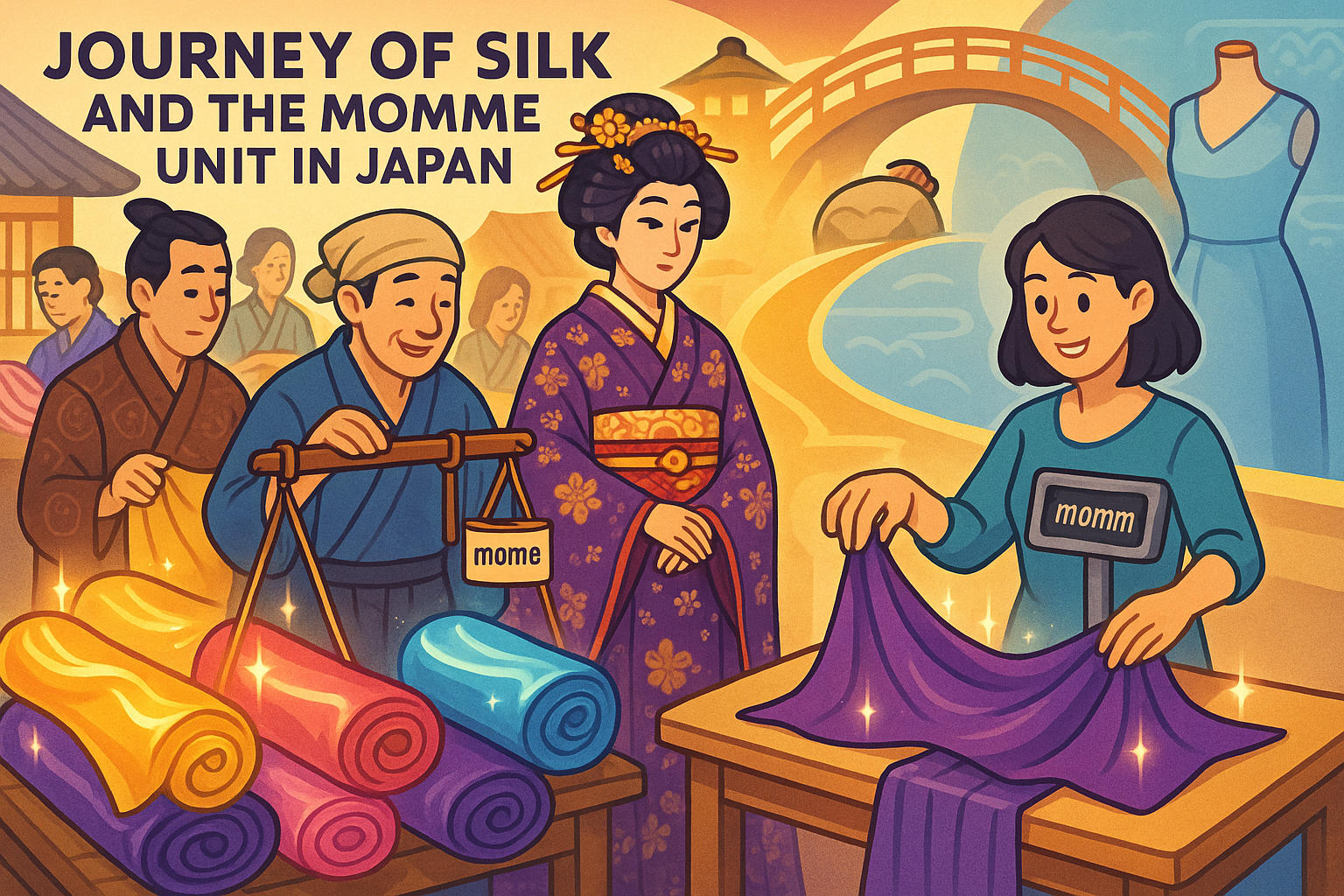Gram to Momme – How to convert g to momme
If you're working with silk fabrics, chances are you've come across the unit momme. Knowing how to convert Gram to Momme (g to momme) is essential in the textile and fashion industries, especially when evaluating silk quality, pricing, and feel. This guide covers the definitions, formulas, history, and facts behind this elegant unit of weight.
What is a Gram and a Momme?
-
The gram (g) is a globally recognized metric unit of mass, equal to 1/1000 of a kilogram. It’s used in virtually every field — from laboratory science and food packaging to jewelry, shipping, and textile production.
-
The momme (mom or mm) is a traditional Japanese unit of weight used primarily to measure the density and weight of silk fabric. One momme is equal to approximately 3.75 grams per square meter.
The higher the momme value, the heavier and more opaque the silk. For example, 8–12 momme is used for sheer silk like chiffon, while 22–30 momme silk is thicker, more luxurious, and commonly used for bedding or garments.
Need to explore more gram-related conversions? Check out the Gram to Ounce Calculator, or Conversion Tool for a broader range.

Conversion Formula: g to momme
To convert grams to momme:
momme = gram (g)3.75
Example: Let’s say you have a silk fabric that weighs 150 grams. To find out how many momme this represents:
1503.75 = 40 momme
This formula when comparing silk weights, placing fabric orders, or designing products with strict material standards. For speed and accuracy, use the Gram to Momme Calculator or try our general Unit Converter Tool.
Did you know?
-
In many parts of Europe, including Germany and France, small food items like butter and cheese are still sold by the gram, often in exact amounts like 125g or 250g, reflecting culinary precision and packaging efficiency.
-
The heavier the momme, the longer the silk will last. For example, 30 momme silk can last 20+ years with proper care, while lighter 12 momme fabrics typically wear out after just a few seasons.
-
The Guinness World Record for the lightest functioning mobile phone is under 40 grams, showcasing how far material engineering has come in creating ultra-light tech.
-
In traditional Japanese kimono making, momme measurements are considered as important as the garment’s design. Certain ceremonial kimonos require silk of at least 20 momme to be considered “formal-grade.”
When Fabric Became Luxury: The Silk Standard
The momme has been used in Japan for centuries, originating as a unit in weighing precious metals and rice before becoming essential in the silk trade. During the Edo period (1603–1868), silk was not just a fabric — it was a form of currency, symbolizing social rank, elegance, and national pride. Merchants used momme to price and weigh silk rolls, and it became a quiet yet powerful language among tailors, nobles, and traders. Today, momme remains one of the few ancient weight units still used commercially, bridging tradition with modern luxury.

Conclusion
Converting Gram to Momme (g to momme) goes beyond simple math — it reflects an appreciation for textile quality, cultural heritage, and material precision. Whether you're designing fashion, selecting bedding, or sourcing fabrics, understanding this conversion ensures your silk is as fine as intended. Use Jetcalculator’s weight converter and unit calculators to turn measurements into mastery.

